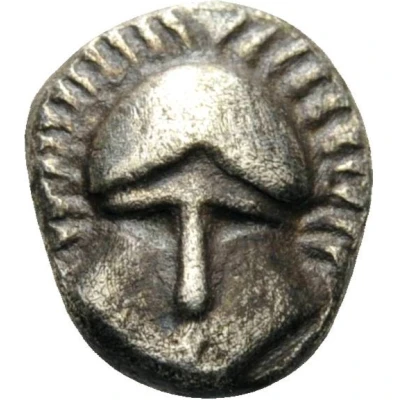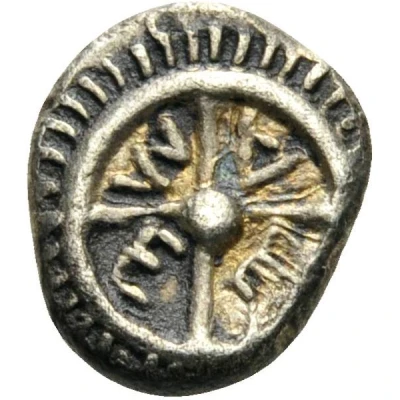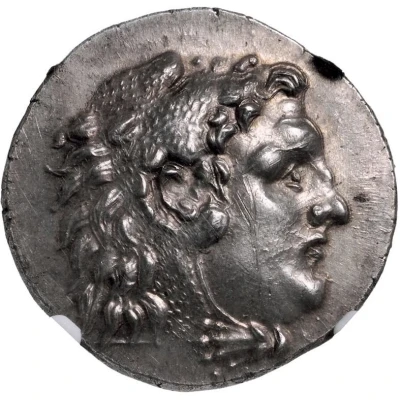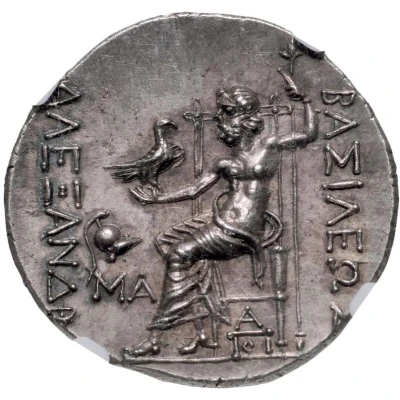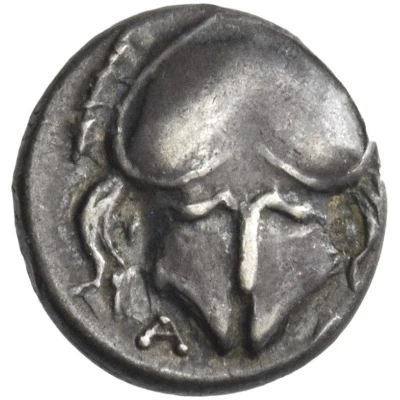
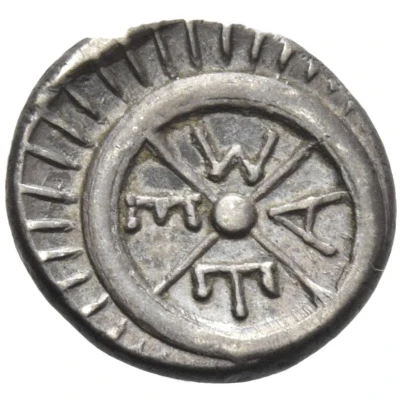

© Numismatica Ars Classica NAC AG
Diobol 400 BC - 350 BC
| Silver | 1.40 g | 11.5 mm |
| Issuer | Mesembria (Thrace) |
|---|---|
| Type | Standard circulation coin |
| Years | 400 BC - 350 BC |
| Value | Diobol (⅓) |
| Currency | Drachm |
| Composition | Silver |
| Weight | 1.40 g |
| Diameter | 11.5 mm |
| Shape | Round (irregular) |
| Technique | Hammered |
| Orientation | Variable alignment ↺ |
| Demonetized | Yes |
| Updated | 2024-10-10 |
| Numista | N#43955 |
|---|---|
| Rarity index | 80% |
Reverse
M – E – T – A within four-spiked wheel.
Script: Greek
Lettering: M – E – T – A
Edge
Rough
Comment
Karayotov I 37-78; Topalov, Messambria 8.
Interesting fact
The Diobol coin from Mesembria (Thrace) was used as a form of currency in the 5th century BC and has an interesting fact associated with it. Despite being made of silver, the coin was not worth a significant amount, with its value being equivalent to only a small fraction of a drachma, the standard unit of currency in ancient Greece. This highlights the fact that even seemingly valuable objects can have limited purchasing power in certain contexts.
Price
| Date | Mintage | VG | F | VF | XF | AU | UNC |
|---|---|---|---|---|---|---|---|
| ND (400 BC - 350 BC) | - | - | - | - | - | - |
Values in the table are based on evaluations by sales realized on Internet platforms. They serve as an indication only for Diobol (400 BC - 350 BC) coin.
